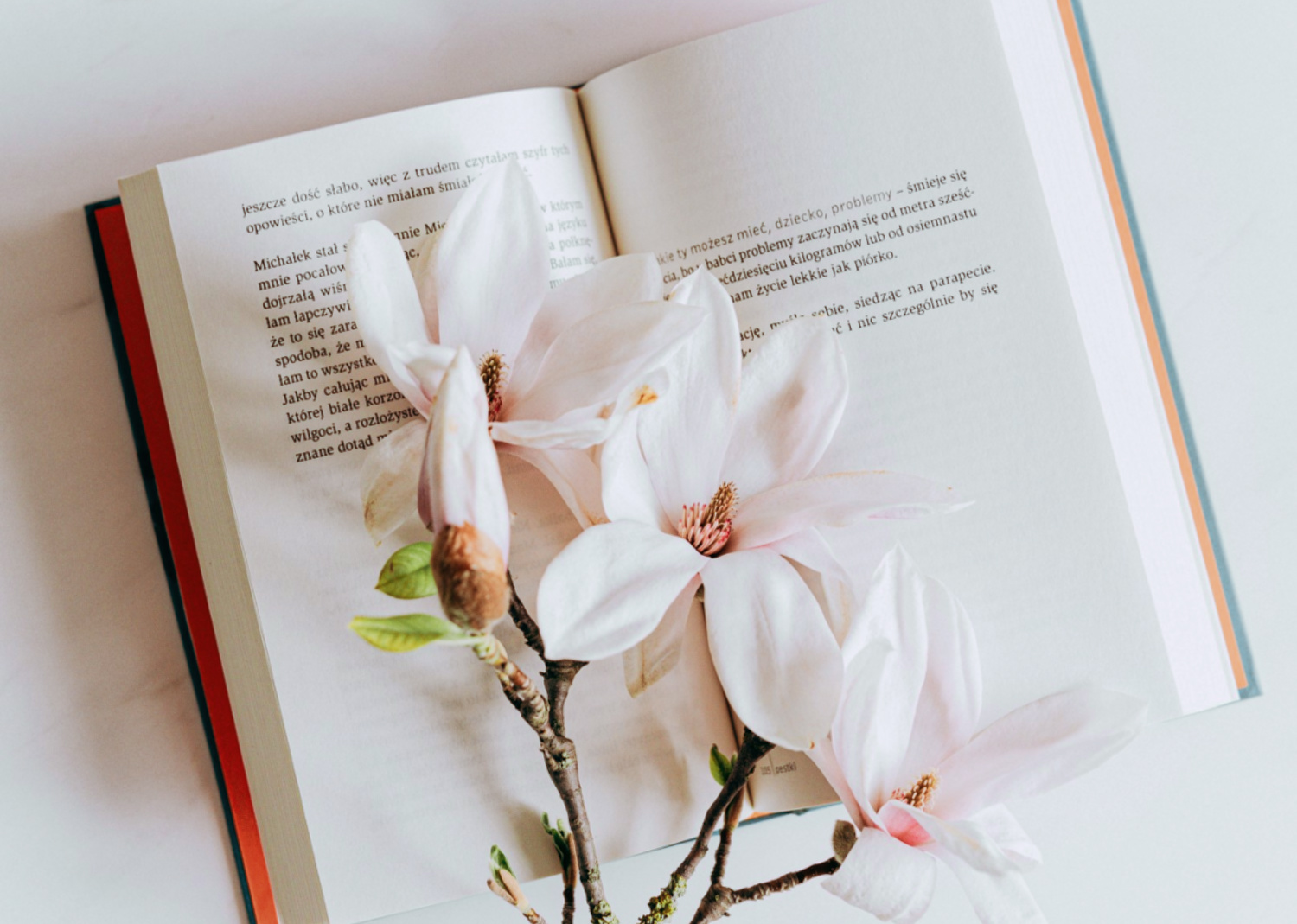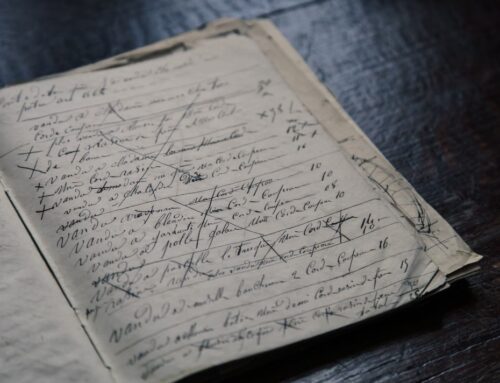Below, you’ll find an answer to what is a PEE or PETAL Paragraph.
In essay writing for English, English Literature, and a lot of other humanities subjects (History, Classics, Sociology, Philosophy, Politics, etc) it is very important to be able to write a clear, precise paragraph that expresses your thoughts and analysis in detail. In order to do this, most schools and colleges teach something called a ‘PEE’ paragraph structure. Below, you’ll find a breakdown of the different types of ‘PEE’ paragraphs that you can do — including some basic and some more advanced examples.
This document is useful for anyone studying at school, high school, college, or university level, particularly on the following exam boards: AQA, OCR, Edexcel, WJEC / Eduqas, CIE / Cambridge, CCEA.
Thanks for reading! If you find this page helpful you can take a look at our full essay writing course.
*** Bear in mind that you only use this structure for the middle paragraphs of your essay. Don’t use it in the introduction or conclusion!
PEE Structure (Beginner level)
Point — your ‘topic sentence’ of the paragraph. This should set the topic — explain an idea or opinion that you want to explore further. Your topic should not just describe the story, it needs to be a personal opinion or idea that deals with one aspect of the essay question.
Evidence — this is a quotation, several short quotations, or a reference that backs up your point. You are giving evidence to prove that your idea/opinion that was already stated in the first sentence of the paragraph is right. The evidence should be as clear and concise as possible, and it should perfectly illustrate your point.
Explanation — this is the analysis part of your paragraph. It shouldn’t just be one sentence; be sure to make it as long as possible — at least 2–3 sentences beyond your point and evidence. This bit is where you explain how and why your evidence proves your point. Don’t just describe the evidence, go deeper into exactly what it implies or suggests about the point and question. You can use techniques and zooming in on a specific word or phrase from the evidence to boost your grade.
AQA GCSE English Language Paper 1, Question 4 – Full Mark Answers
Once you’ve mastered a PEE paragraph, there are ways to extend it further and make it more personal, developed, and sophisticated. If you’re aiming for around a C grade at GCSE / High School level then you only need to go as far as the PEE paragraph. For anything higher than that, you should learn these two examples below:
PETAL Structure (Intermediate level)
Point — your ‘topic sentence’ of the paragraph. This should set the topic — explain an idea or opinion that you want to explore further. Your topic should not just describe the story, it needs to be a personal opinion or idea that deals with one aspect of the essay question.
Evidence — this is a quotation, several short quotations, or a reference that backs up your point. You are giving evidence to prove that your idea/opinion that was already stated in the first sentence of the paragraph is right. The evidence should be as clear and concise as possible, and it should perfectly illustrate your point. Several short quotations grouped together to prove the same point is also called ‘synthesized quotations’, students that know how to do this usually are working at a higher level — as examiners, we look out for this as one indication of someone that is deserving of a B-A* grade.
Technique — you should always add in a technique whenever you quote or reference something. The best techniques to use are poetic devices (metaphor, simile, alliteration, etc) or rhetorical devices (repetition, rhetorical question, emotive language, etc). If you can’t think of a poetic or rhetorical technique you can also use grammatical devices (noun, verb, adjective, etc). Several techniques at once can also be more effective than just finding one and then moving on quickly. To learn more about techniques, take our ‘Basic Language Devices’ course.
Analysis — this is the same as ‘explanation’. Talk about how and why your quotation or reference proves the point of the paragraph, and how all of that answers the question. Don’t retell the story or describe what happens, you don’t get many marks for doing that in an essay. Instead of just finding the techniques and moving on, you also want to analyze them — why did they choose to use repetition, for example? Think about the detailed and specific effects of the evidence and how that links back both to the writer themselves and the question you’re trying to answer. To get extra marks, zoom in to some of your evidence and find more techniques/analysis there to go even deeper into the question. The more analysis you have, the higher your grade tends to be.
Link — finally, link back to the thesis that you wrote in the intro; the thesis is a one-sentence answer to the question that summarises your main opinion on the question and the writer’s purpose. Once you’ve set a thesis, you need to keep going back to it throughout the essay. Ideally, everything you write after the intro should just be a deeper way to prove your thesis is correct.
PEEDL Structure (Advanced level)
Point — your ‘topic sentence’ of the paragraph. This should set the topic — explain an idea or opinion that you want to explore further. Your topic should not just describe the story, it needs to be a personal opinion or idea that deals with one aspect of the essay question.
Evidence — this is a quotation, several short quotations, or a reference that backs up your point. You are giving evidence to prove that your idea/opinion that was already stated in the first sentence of the paragraph is right. The evidence should be as clear and concise as possible, and it should perfectly illustrate your point. Several short quotations grouped together to prove the same point is also called ‘synthesized quotations’, students that know how to do this usually are working at a higher level — as examiners, we look out for this as one indication of someone that is deserving of a B-A* grade.
Explanation — this is the same as ‘analysis’. Talk about how and why your quotation or reference proves the point of the paragraph, and how all of that answers the question. Don’t retell the story or describe what happens, you don’t get many marks for doing that in an essay. Instead of just finding the techniques and moving on, you also want to analyze them — why did they choose to use repetition, for example? Think about the detailed and specific effects of the evidence and how that links back both to the writer themselves and the question you’re trying to answer. To get extra marks, zoom in to some of your evidence and find more techniques/analysis there to go even deeper into the question. The more analysis you have, the higher your grade tends to be.
Development — this is a crucial aspect of your paragraph for anyone studying at a higher level or aiming for a top grade. You need to develop and expand what you’re talking about so that it feels like it’s not just your own ideas, but it’s actually informed by your wider reading and knowledge of the text. There are several ways to develop: go deeper into the context of the text and use that to analyse (explain how / why) the question and back up your point; go deeper into the themes and messages behind the story — explain what the writer’s main aims were and how these link to the question, how were they trying to persuade us to think or feel about an important theme? What is their overall intention in terms of how they aim to influence their audience?; explore alternative interpretations (at a high level this includes critics’ quotes) — how might a modern audience interpret an older story differently from the original audience? If someone is religious or atheist, what would their reaction be to the messages of the story? Understand different perspectives and also have a sense of your own personal opinion and why you think that you’re correct.
Link — finally, link back to the thesis that you wrote in the intro; the thesis is a one-sentence answer to the question that summarises your main opinion on the question and the writer’s purpose. Once you’ve set a thesis, you need to keep going back to it throughout the essay. Ideally, everything you write after the intro should just be a deeper way to prove your thesis is correct.
Thanks for reading! If you find this page helpful you can take a look at our full essay writing course.












